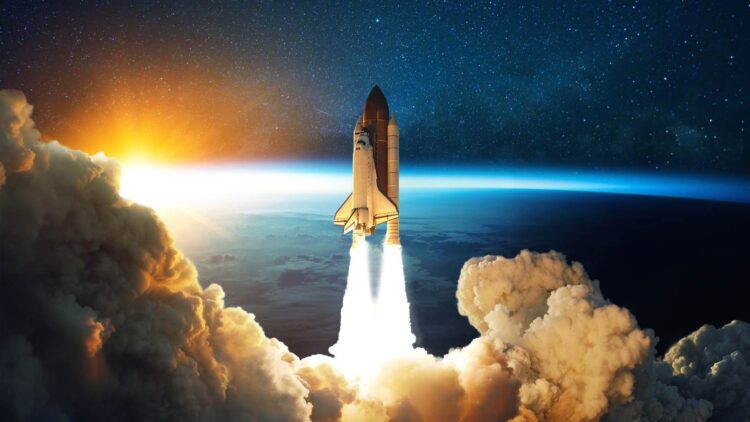Most of us have dreamt of going to space at some point in our lives, to float around in zero gravity and be amongst the planets and the stars, but while the going up journey does seem to be quite clear in most of our minds (after all we have all seen videos of astronauts in a rocket barreling through the sky), the coming back to earth process seems a bit more fuzzy, but I am not sure any of us have doubted we would be coming down. That has not been the case for astronauts Sunita Williams and Butch Wilmore, who have spent nine months stuck aboard the International Space Station.
The space ordeal of the two astronauts
Their voyage was simple and was only going to take a from eight to ten days. Williams and Wilmore went up to the International Space Station, orbiting 250 miles above Earth in June to complete a small mission. While everything went well on the way up, they soon found themselves without a way down as they encountered helium leaks in the capsule’s propulsion system and degraded thrusters.
This would delay their journey home, and at first they took in stride, after all, going to space is no small feat and a dangerous endeavor, which all personnel that goes up knows about. Wilmore spoke to CBS News correspondent Mark Strassmann in September, when at the time, they were expected to leave the space station in late February 2025, with some cheer “Eight days to eight months or nine months or 10 months, whatever it is, we’re going to do the very best job we can do every single day.”
But delays kept happening, and even though their living conditions were not subpar, after all the International Space Station is a 32,300-cubic-foot living space, roughly the size of a six-bedroom home, answers about their return home would have been appreciated. Nevertheless, NASA persevered and the astronauts were finally able to come home.
Here is where most people begin to get outraged at their experience. Although the dangers of space are known and expected, the incident left an even more bitter taste in everyone’s mouth when we found out that these two stranded astronauts had not received any type of compensation for their troubles. Their paychecks were exactly the same as if they had been at home doing their work on the ground at a nine to five rate. Upon their return they received 114,193, the pro-rated portion of their $152,258 annual salary.
While it is true that no one becomes an astronaut for the paycheck, after all, NASA salaries range from about $66,000 to $152,258 a year, it is disheartening to know that they did not account for all the extra danger that they put the two astronauts in and did not offer any kind of hazard pay.
But their policies seem clear, the organization does not offer overtime, hazard pay, or bonuses for lost vacation days or weekends worked and their standard contract is based on a 40-hour workweek regardless of location. But while here on earth you have permission to go home at the end of your contracted hours, these workers could not afford that luxury, they were entirely reliant on their own devices to fix any and all issues that arose, plus do their jobs for as long as tasks took to complete. The only benefit to this mishap is that they got to spend more time in space, which we are unsure if it counts as reasonable compensation.
This is not the first time astronauts get stuck in space for longer than they should have, NASA astronaut Frank Rubio and two cosmonauts originally planned for a six-month mission aboard the space station, but an unexpected issue with their Soyuz spacecraft extended their stay to a full year. A replacement vehicle had to be sent to bring them back to Earth in 2023.

